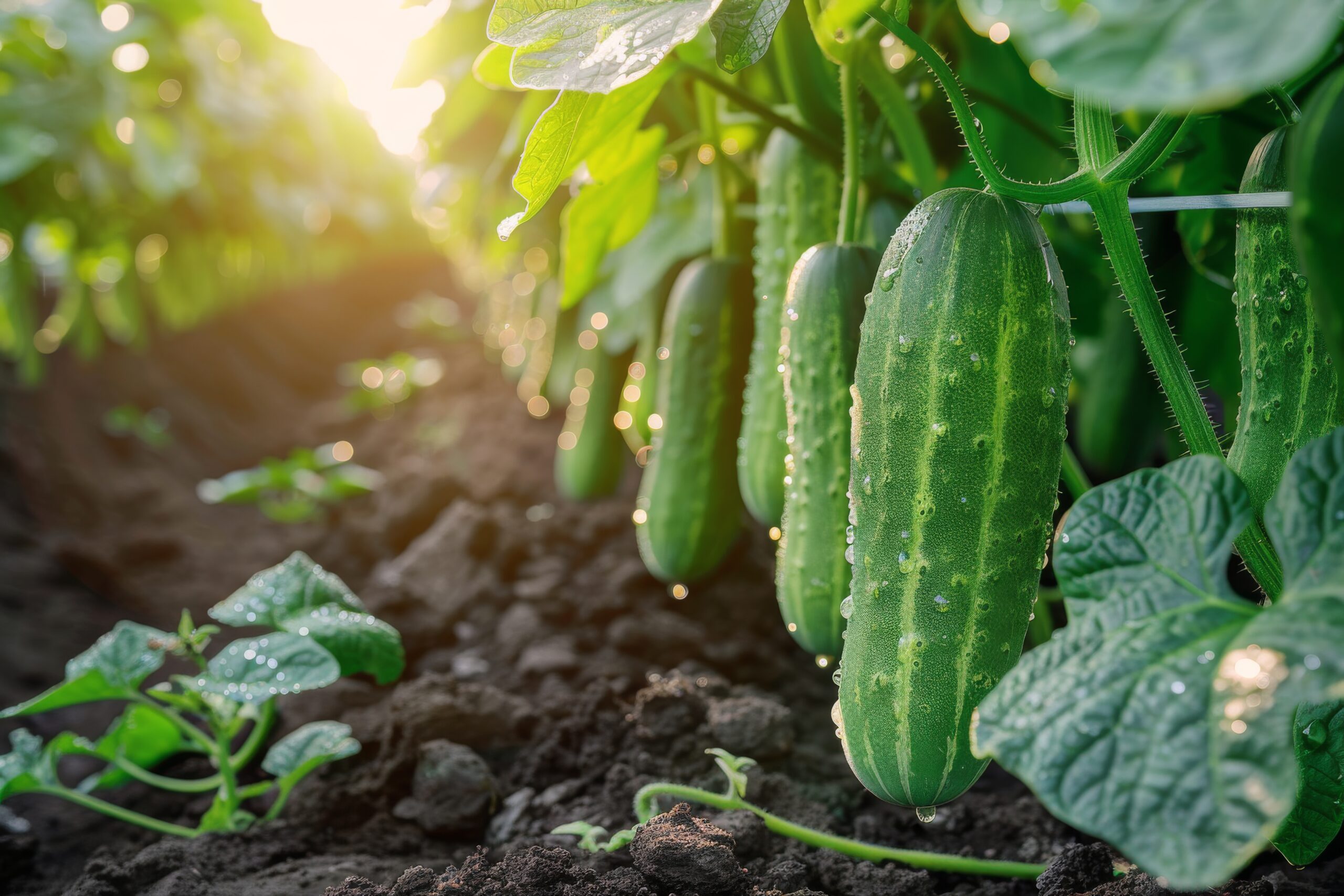The Best Companion Plants for Cucumbers: Natural Pest Control & Bigger Harvests
Want to grow better cucumbers without reaching for chemicals or complicated methods? One of the simplest—and smartest—ways to boost your cucumber harvest is by using companion planting. By placing specific plants next to your cucumbers, you can naturally repel pests, enhance growth, and increase yields. It’s an easy garden hack that works with nature, not against it.
Whether you’re a new gardener or looking to fine-tune your veggie patch, this guide covers the best companion plants for cucumbers, divided into two key benefits: pest control and productivity.
—
🌼 Companion Plants That Repel Cucumber Pests
Cucumbers are delicious—but pests like aphids, cucumber beetles, and spider mites think so too. Instead of battling them with sprays, try planting these natural defenders nearby:
1. Nasturtiums
Nasturtiums don’t just add color to your garden—they act like a trap crop, luring aphids and other pests away from cucumbers. Their spicy scent also deters whiteflies and squash bugs. Bonus: they’re edible and look beautiful in salads.
2. Marigolds
Marigolds are famous for their pest-fighting powers. Their strong scent wards off nematodes and beetles while attracting pollinators. French marigolds, in particular, are especially effective at deterring soil-borne pests.
3. Garlic
Garlic works like a silent protector in the garden. It emits sulfur compounds that repel aphids, spider mites, and beetles. Interplant garlic around the edges of your cucumber bed for a natural line of defense.
> Pro Tip: These pest-repelling plants also create diversity in your garden, which helps prevent large outbreaks of any one type of insect.
—
🥒 Companion Plants That Boost Cucumber Growth and Yield
Some plants do more than just protect—they actively support your cucumbers’ health by improving soil conditions, attracting pollinators, or providing helpful shade and structure.
1. Basil
Basil isn’t just for tomatoes. When planted near cucumbers, basil improves flavor and encourages better growth. It also deters thrips and mosquitoes, giving you a bonus layer of pest protection.
2. Corn
Tall and sturdy, corn acts as a natural trellis for vining cucumbers. It saves space in the garden and provides partial shade during hot afternoons, preventing your cukes from getting sun-scalded.
3. Borage
Borage is a pollinator magnet and a powerhouse companion plant. It’s rich in trace minerals, which improve soil health. As it breaks down, it releases these nutrients back into the soil, indirectly feeding your cucumber plants. Plus, it’s been known to repel hornworms and boost cucumber resistance to pests.
—
🌿 How to Arrange Your Cucumber Companion Plants
Creating an effective companion planting layout is all about balance. Here’s how to organize your bed for healthy, productive plants:
🛡️ Outer Rows (Pest Control):
Nasturtiums along one side to act as decoys
Marigolds interspersed along the border
Garlic cloves planted every few feet around the perimeter
🌱 Inner Rows (Growth Boosters):
Cucumbers as the central focus
Basil tucked in between cucumber hills
Borage planted at the back to draw pollinators
Corn staggered strategically for vertical support
> This setup not only maximizes space but also creates a mini ecosystem that supports cucumber health, naturally deters pests, and encourages a productive harvest.
—
✅ Final Thoughts: Companion Planting for Cucumber Success
If you’re looking to grow cucumbers naturally, reduce pests without chemicals, and boost your yields, companion planting is one of the most effective tools in your garden arsenal. With the right mix of flowers, herbs, and veggies, your cucumber patch will thrive in a balanced, supportive environment.
So go ahead—plant some nasturtiums for defense, a row of basil for flavor, and let corn and borage do the heavy lifting. You’ll be rewarded with healthier plants, fewer pests, and more crunchy cucumbers than you know what to do with.
—

